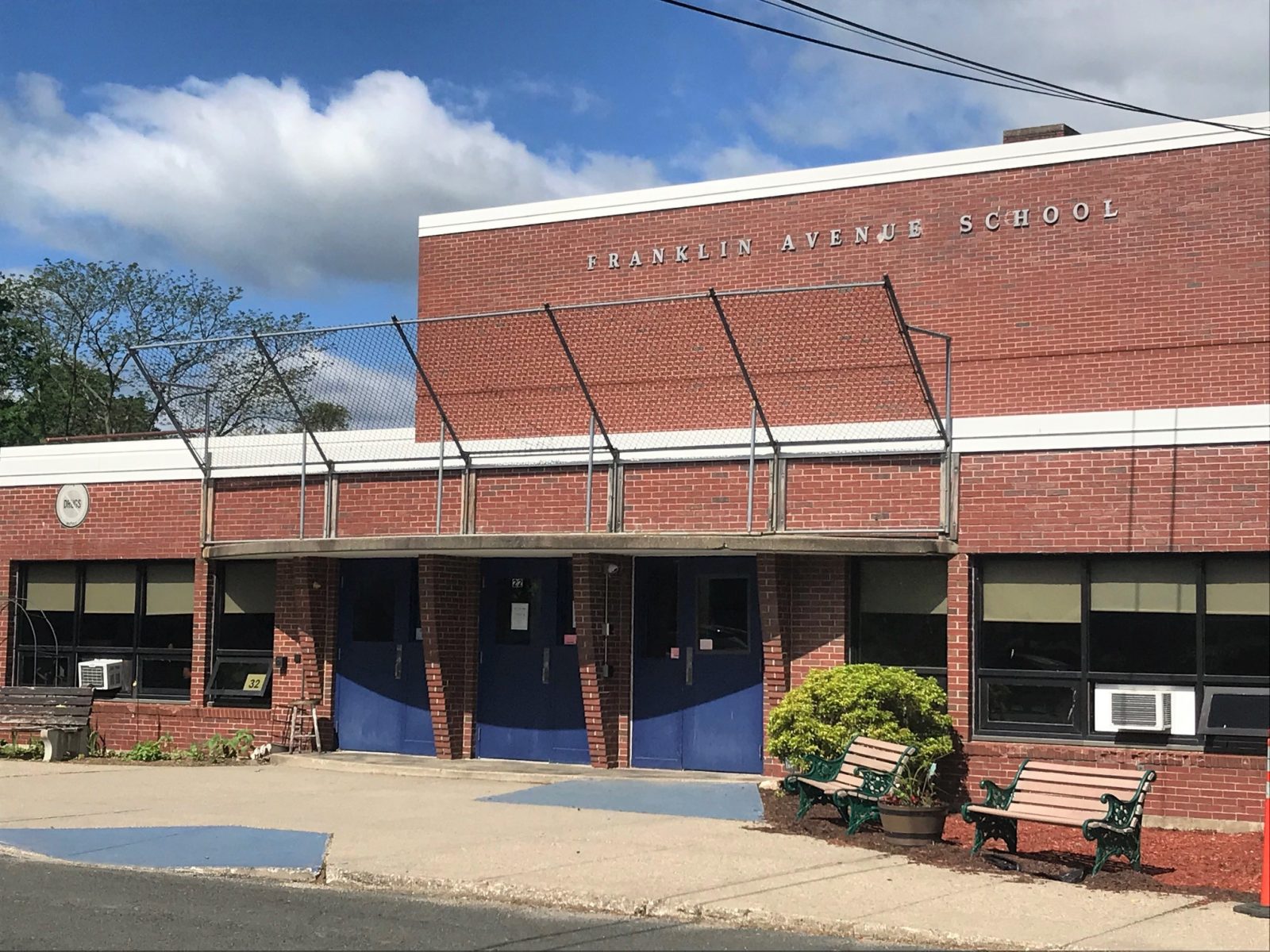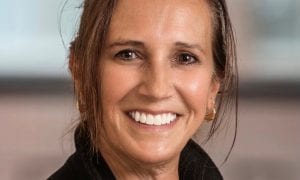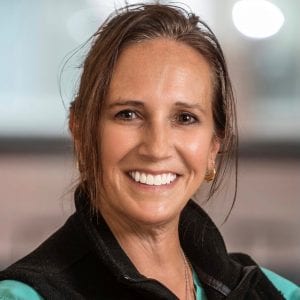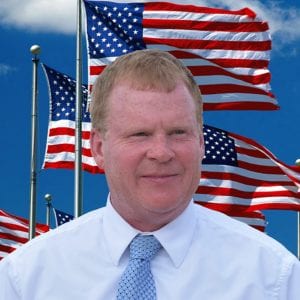WESTFIELD – The School Building Committee, which is working on a feasibility study for the Franklin Avenue building project, met on Sept. 9 to begin what will be an intensive process to develop a design for the school to be submitted to the Massachusetts School Building Authority (MSBA).
The committee is chaired by Mayor Donald F. Humason Jr. and vice chair Tammy Tefft, city purchasing director, and is composed of another dozen educators, Westfield School Committee, business and community members.
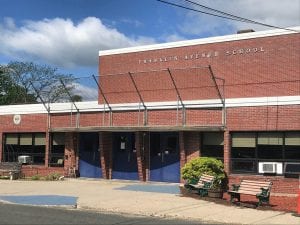
Franklin Avenue Elementary School. (THE WESTFIELD NEWS PHOTO)
Introduced at the start of the meeting were the Owner’s Project Manager (OPM) Dan Pallotta, president, and Robert Todisco of P-Three, Inc. of Norwell, and designer Curtis Edgin of Caolo & Bieniek Associates of Chicopee, both selected by the MSBA from the responses to bids sent out by the city.
Pallotta said the first step in the feasibility study will be to form a visioning committee. “Step one is the vision,” he said, adding that the committee can be whoever they want, but as it gets larger, it gets harder.
Superintendent Stefan Czaporowski said he had a suggested list of participants prepared, and asked the mayor, who deferred to Tefft to serve on it. Pallotta said he would like to set up the committee in the next day or two.
Franklin Avenue School Principal Christine Tolpa asked whether including community services, such as auxiliary police and a medical facility, could be a part of the vision for the school. “This population does a lot of walking. Families take three-hour bus rides to Springfield for medical attention. Where does that conversation take place? Does this add a whole new layer to the process that we’re not looking at?” Tolpa asked.
Palotta said it does add a layer, adding that he doesn’t know of a school with auxiliary police or a medical facility in it.
“You are going to get School Resource Officers and a state of the art nursing facility, which can be used off hours. Most schools built today are used until 10 p.m. at night. These are management decisions after the school purposes are completed, and this is certainly a topic for the visioning committee,” he said.
Czaporowski said the school already has a good start with parents coming to the school at night, and programs like that can be broadened.
Abner Gibbs Elementary School Principal Stacy Burgess said their school population is similar, and said Tolpa is talking about having some wrap-around services for families. “I don’ t know what that looks like as far as the MSBA process. Will there be space or opportunities for that to happen,?she asked.
“We can look to include community services within the confines of the MSBA rules,” Tefft said.
“MSBA expects your school to be used at night. They’re not spending millions of dollars to have it close at 3:15 p.m.,” Pallotta said, adding that now with COVID, there will be some additional changes. He said the last school he worked on did have a complete nursing suite with two medical rooms. “Not a medical center or police station, but they won’t be even brought up if not in the visioning. This is the utopian visioning,” he said.
Czaporowski added that the district is in the first year of a partnership with River Valley Counseling to work with students, and maybe that person could be there for after school hours.
Arrangements were then made to convene the visioning committee. “We’re going to run like greyhounds from this point forward,” Pallotta said.
Pallotta said the Building Committee will create a Preliminary Design Program (PDP), which will include parts of the visioning for the school, and include different building options. From the PDP, they will bring it down to a Preferred Schematic Report (PSR) which goes through the MSBA facility assessment process. One schematic design will then be selected and brought to the committee for a vote, and then to the City Council for approval and funding for the working forms and bid documents..
“We’re going to be throwing a tremendous sum of material at you and make sure you get it in time to read,” Pallotta said to the committee, and asked the designer to make sure they get the materials at least the weekend before the meetings.
“That is it in a nutshell where we’re going between now and a year from now,” Pallotta said. “We know your kids need a school. We certainly hope you like where we’re going. Speak up if you don’t,” he added.
Former Mayor Brian P. Sullivan, a member of the committee, asked if all the subcommittees would report back to the building committee for a vote on their decision.
“Nothing gets by without a vote by this committee, and it gets recorded in the record. Visioning, colors, PDP, PSR all get voted. If you read the regulations, the mayor can also exercise his authority as the eligible applicant,” Pallotta said.
Tolpa asked whether the committee would have the opportunity to look at some of the recent schools that have been built through the MSBA program.
Pallotta said there will be a few field trips scheduled. He said it would be important to get through some of the visioning first to see what Westfield is looking for, adding that elementary schools are all different.
Edgin said they have already conducted field investigations to document what’s there. He said a lot will depend on what route they take, whether to repair the school, repair and upgrade, build a replacement facility, add a component to accommodate Abner Gibbs, or build a new facility that encompasses the two schools, Franklin Avenue and Abner Gibbs.
Czaporowski said Westfield’s vision is a school that accommodates both populations, and asked if the total number of students should be taken into account in the visioning process.
Pallotta said for the visioning, it wouldn’t matter how many kids they have. “You are trying to determine the direction the new school is going, regardless of population,” he said.
School Committee representative Ramon Diaz Jr. expressed some alarm at the talk of not including both schools. “I didn’t think renovation of the one school was even an option,” he said.
Tefft said the MSBA has requested that they study just a renovation for Franklin itself. She said the five options come directly from the MSBA.
“We would have asked for two schools as opposed to one. The whole purpose of this project is to get all the students from both schools,” Diaz said.
“I can guarantee you they won’t go in that direction and leave Abner Gibbs untouched,” Pallotta said. Edgin added that the MSBA is doing their due diligence, and that building one school instead of two is a “home run” for the MSBA. “You don’t have to worry,” Edgin said.
Pallotta said the MSBA doesn’t just look at construction costs, they look at the operating costs, and would see the efficiency in having the two schools together. He said they want the schools to be sustainable.
Tefft said she would set a schedule for committee meetings going forward with the city clerk’s office. All of the meetings will be broadcast on Westfield Community Television Channel 15.

